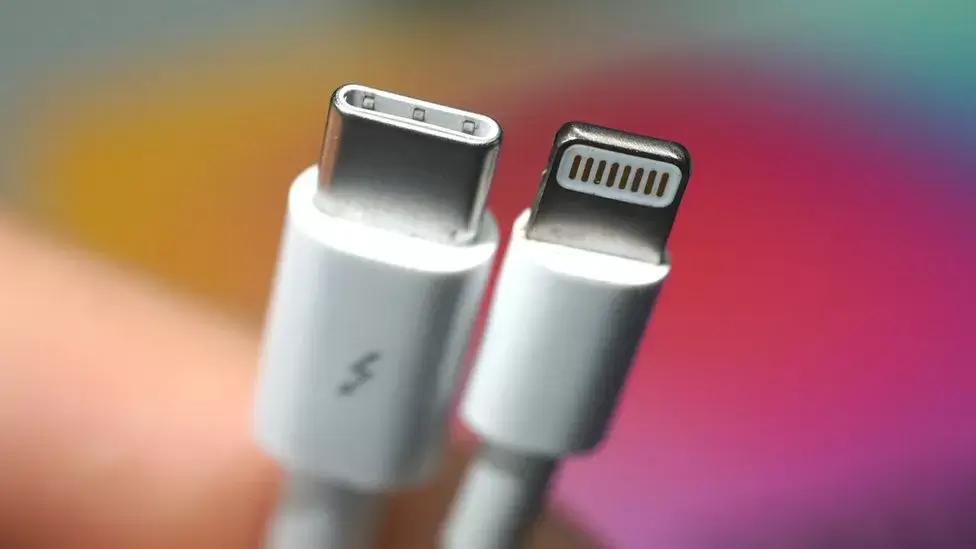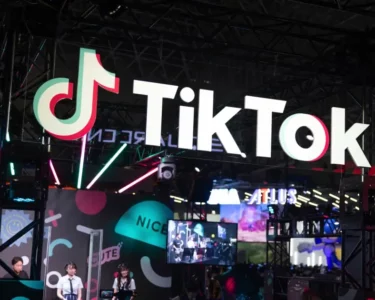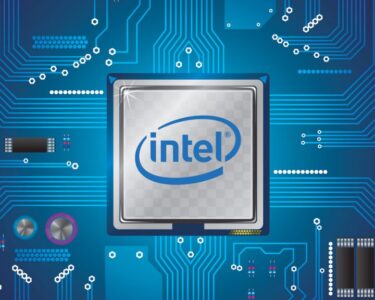Apple is set to unveil its latest iPhone on September 12, and one of the most significant changes is expected to be the adoption of a USB-C charging port. Currently, Apple’s phones use the proprietary Lightning adapter, setting them apart from competitors like Samsung.
This transition comes as a response to a European Union (EU) directive that mandates all phone manufacturers to adopt a common charging connection by December 2024. The goal is to streamline charging solutions, reduce electronic waste, and make life easier for consumers by fostering compatibility.
While Apple’s previous stance had been against this EU regulation, it now appears to have pivoted to comply with the directive. When the EU rule was introduced in September 2021, an Apple representative argued that strict regulation mandating a single connector type could stifle innovation. However, as the deadline approaches, Apple seems to have recognized the importance of harmonizing charging solutions.
It’s worth noting that Apple has already begun embracing USB-C in many of its other products, such as the latest iPads. Therefore, this shift in iPhone charging technology is not entirely unexpected.
While the move towards USB-C is in line with EU regulations, it also aligns with broader industry trends. USB-C has become a standard for many modern devices due to its versatility and faster data transfer capabilities.
Apple users can already find Lightning to USB-C adapters from various electronics brands, including Amazon. Additionally, since the iPhone 8 launched in 2017, all iPhones have supported wireless charging. This suggests that the iPhone 14 may be the last device to exclusively use the Lightning cable, which currently retails for £19 in the Apple store.
As for the global implications of this change, it remains uncertain. Apple may choose to adopt USB-C charging universally or make a different version of the handset exclusively for the European market. The details are expected to emerge during Apple’s annual autumn event when they unveil the iPhone 15 and iPhone 15 Pro.
According to reports from Bloomberg News, customers can anticipate several benefits from this switch. It will allow users to utilize a single charger for iPads, Macs, and iPhones, simplifying their charging ecosystem. Furthermore, the transition to USB-C could result in faster download speeds, enhancing the overall user experience.
The EU’s common-charger rule encompasses a wide range of “small and medium-sized portable electronics,” including mobile phones, tablets, e-readers, mice and keyboards, GPS devices, headphones, digital cameras, handheld video game consoles, and portable speakers. Any of these devices that use wired charging will have to incorporate a USB Type-C port, regardless of the manufacturer.
Although laptops are also subject to these rules, manufacturers have more time to implement the necessary changes. The EU estimates that these regulations will save consumers “up to €250 million (£213 million) annually on unnecessary charger purchases” and reduce electronic waste by 11,000 tonnes per year.
Apple’s decision to adopt USB-C charging in its upcoming iPhone represents a significant shift towards standardization and sustainability in the tech industry. While it aligns with EU regulations, it also reflects broader industry trends and the growing importance of user convenience and environmental responsibility.





